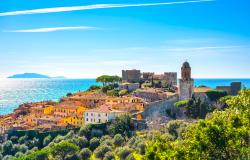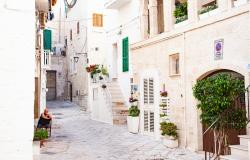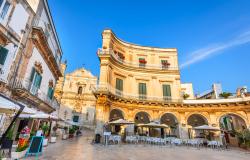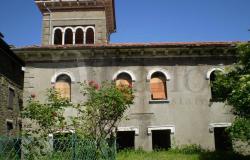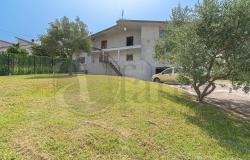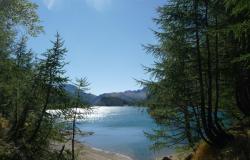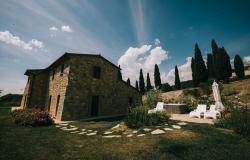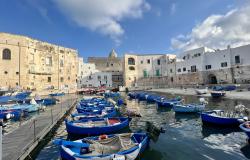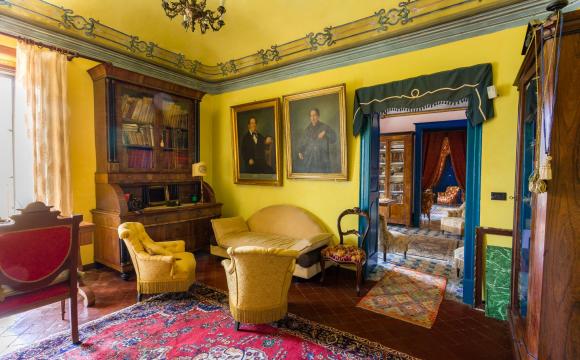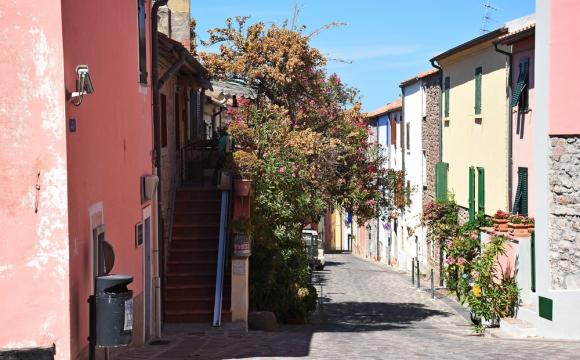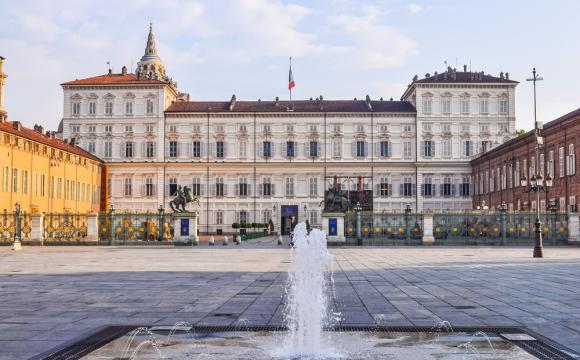Prices went down by 2.2% in Rome and Milan, and by 1.7% in Turin in the first half of 2008 but prime homes in central Rome and Turin locations held their value
Turin beats Rome and Milan by 0.5%. And no, it is not a bizarre score from the Italian football Campionato. It is the latest property market report.
House prices in Italian cities have started to go down, reflecting the drop in sales volume, according to a recently released study by estate agent conglomerate Tecnocasa. The decline has been gentle throughout, but slightly bigger in Rome and Milan than in Turin.
In the Italian capital, prices have gone down by 2.2% in the last six months, deepening the negative trend that started in 2007, when the market went down by 0.9% after years of sustained growth. The decrease, however, has been uneven across the city—prices fell by 3.9% in Roma Sud, a clutch of southern boroughs and went down by an average of 1.5% in central areas, but remained essentially stable in the historic centre.
Buyers in the historic centre belong to three groups: families who live in the area and buy a home for their children, foreigners who want to own a slice of Rome, and investors looking to set up a B&B or buy-to-let activity. All these groups have all become pickier, and are taking advantage of the increase in property supply, which gives them greater choice, but remain prepared to spend if they find the right place.
As a result, prices in Rome’s centre are still on the steep side of expensive, ranging from €5,000 per square metre for flats close to Saint Peter’s to €11,000 per square metre for those in and around Corso Vittorio Emanuele and up to €18,000 for those in the centre’s most sought after squares—Piazza di Spagna and Piazza Navona. Throughout the centre, prestige homes with views over Rome’s best loved sights can fetch up to €20,000 per square metre.
Up north in Milan, prices also went down by 2.2% in the first half of 2008. This is the first time since 2000 that the city sees a decline. Unlike what happened in Rome, however, Milan’s centre lost more value (an average of 3.1%) than other areas.
A surge in supply meant that city centre buyers could afford to be more selective and settle only for the highest quality—usually bright top-floor flats in period buildings.
The centre’s most dynamic area is the one situated around Corso Garibaldi, where flats can command up to €9,000 per square metre. In the once popular Corso di Porta Ticinese, by contrast, expensive properties struggle to sell, even when they have quality finishings. Only the very best properties held their value in the city centre, chiefly because they are scarce—we are talking of large top floor flats, often with frescoed walls, set in quiet but central areas, with panoramic views or at least a terrace. That said, houses in the Quadrilatero d’Oro, Milan’s golden rectangle, enclosed by Via Montenapoleone, Via Borgospesso, Via Della Spiga, and Via Sant' Andrea, continue to fall well in the realm of the unaffordable at €10,500 to €12,500 per square metre.
In terms of year on year comparison, however, the top performing corner of Milan is the university-friendly Navigli-Famagosta area, where discerning investors drove the market, bucking the metropolitan trend and pushing prices up by 0.5%.
Also worth noting is that plenty of infrastructure work, which includes the launch of two new underground lines by 2015, could further change the geography of Milanese demand in coming years.
The star performer among the Italian cities examined in the Tecnocasa study is Turin, which saw a dip of just 1.7% in the first six months of 2008. The city centre in particular is seeing stable prices and renewed activity from investors, who come both from Turin and elsewhere in Italy. They are buying small flats with a view to letting them to incoming professionals.
Prime properties are also doing extremely well, reaching and breaking the €1m barrier. They are usually big flats with frescoed walls and coffered ceilings set in period buildings in or around via Roma, via Amendola, via Gobetti, piazza Castello and piazza Vittorio—prices for these can reach €5,000-6,000 per square metre. The same figures and same trend apply to the properties in Torino Collina, Turin’s verdant hills, where many of the city’s rich and famous have their homes.

